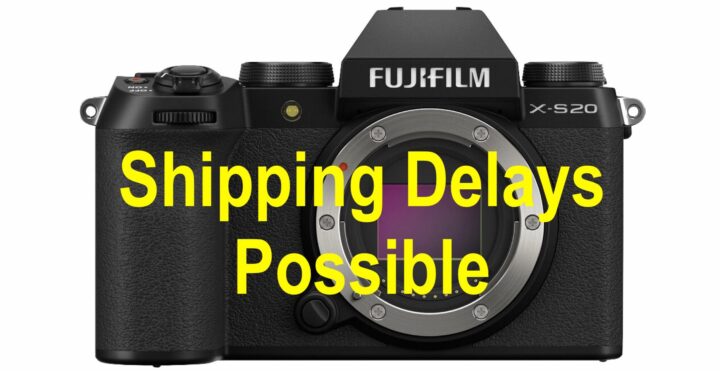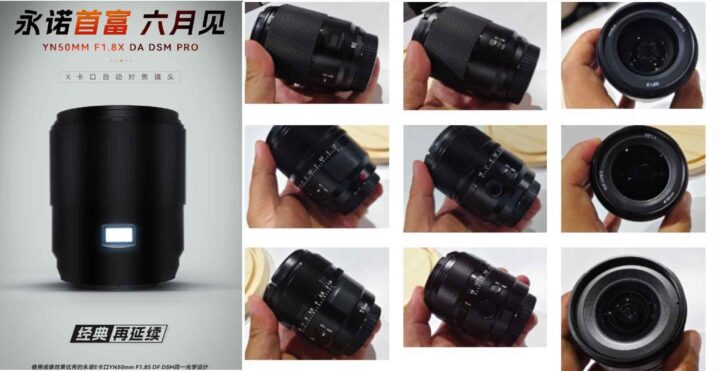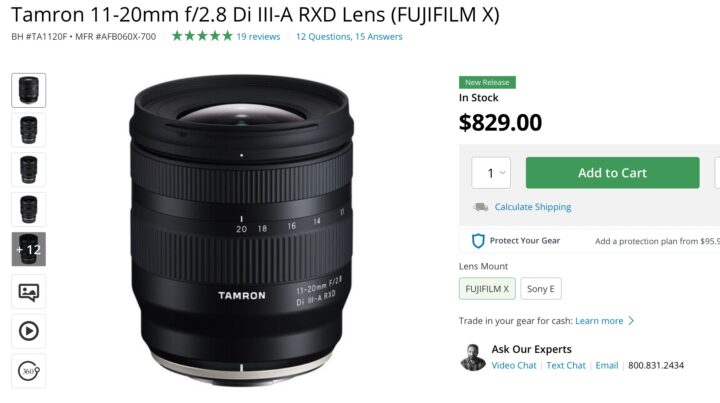15,000 is Not Enough: Notice Regarding Supply of Mirrorless Digital Camera FUJIFILM X-S20
Official Fujifilm Notice
Well, it looks like producing 15,000 Fujifilm X-S20 cameras a month is not enough, as Fujifilm has now released a notice that due to high demand, there might be delays with the shipping of the Fujifilm X-S20 camera.
Down below all the details.






